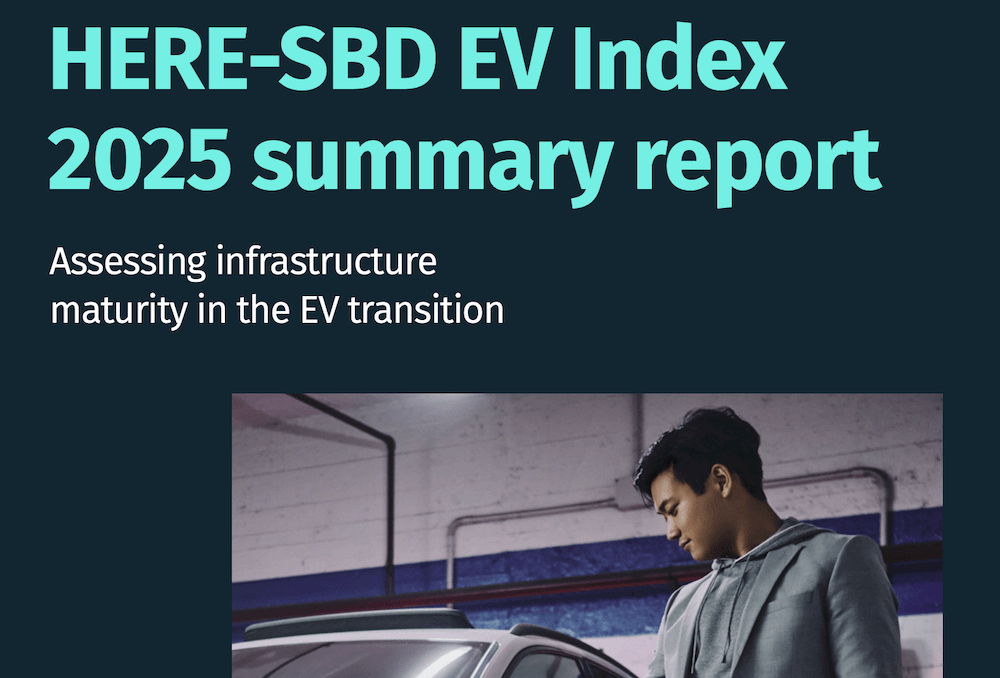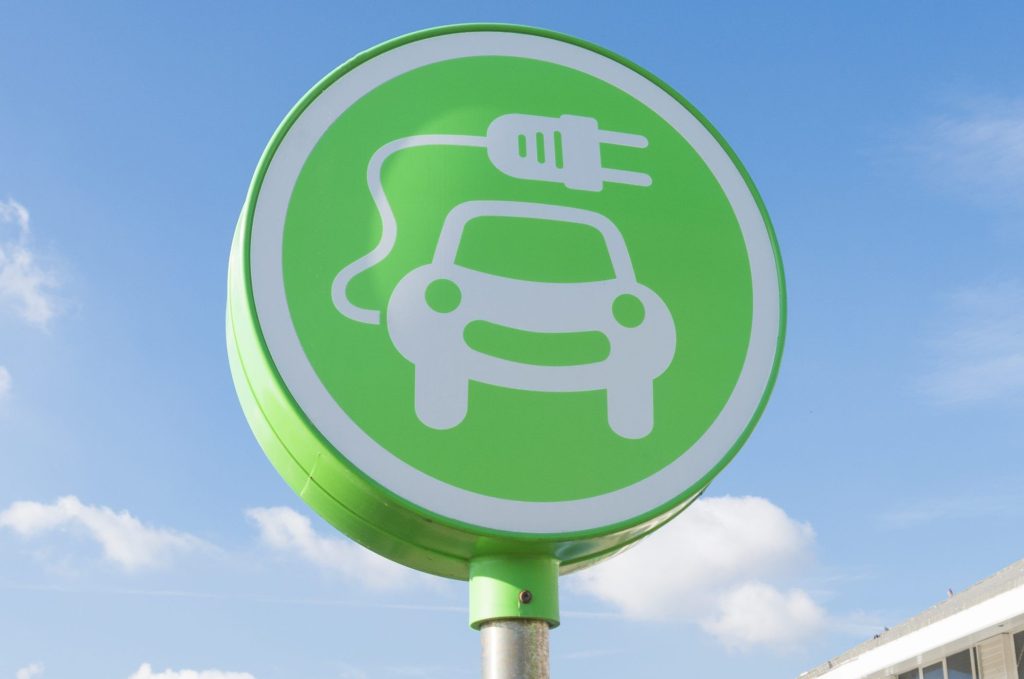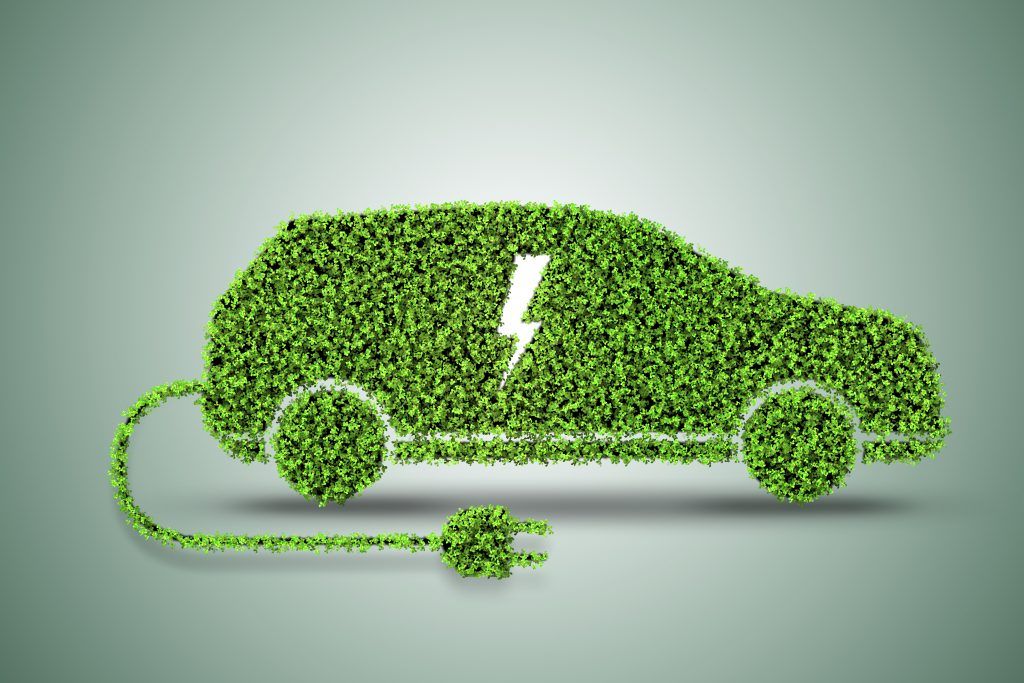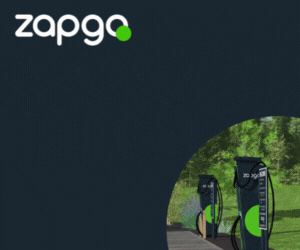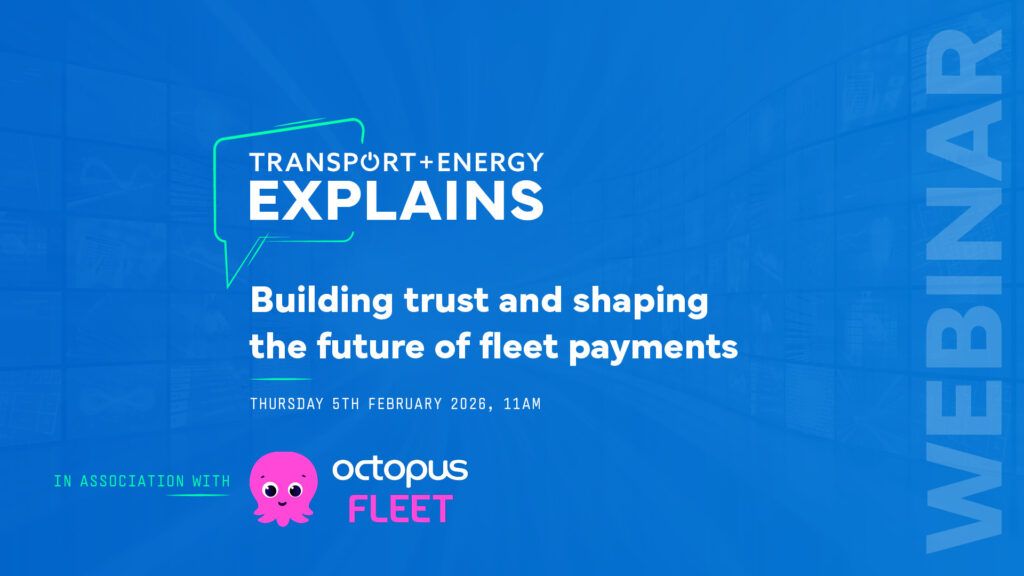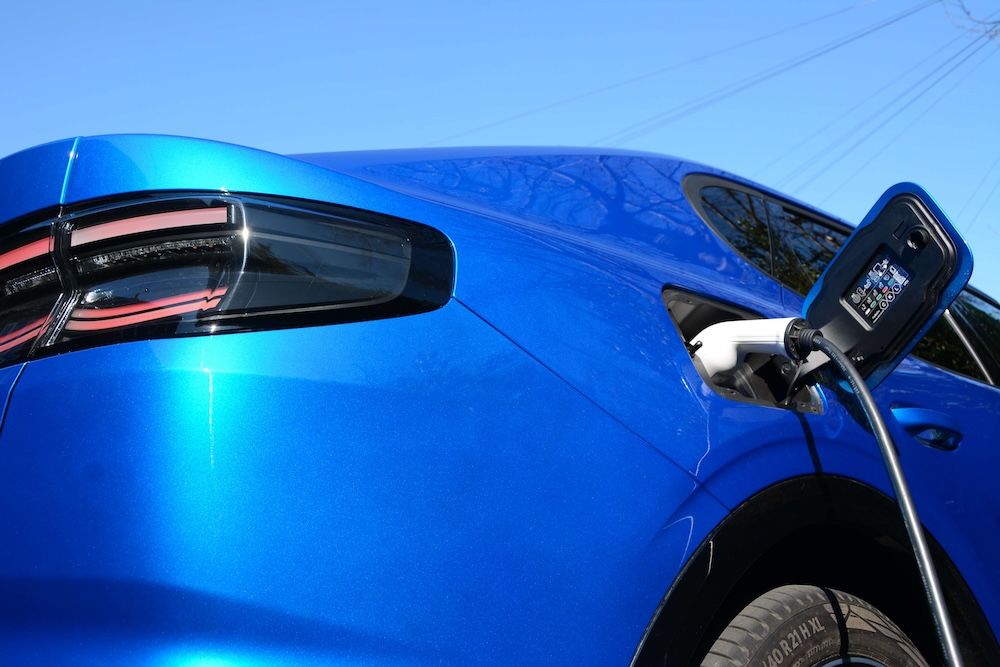Data company HERE Technologies and automotive research firm SBD Automotive new electric vehicle (EV) index has revealed a “widening gap” between EV adoption and infrastructure deployment.
The report said the UK was one of the more optimistic markets on EV adoption, but it only ranks 21 out of 30 European countries and 50 US states on the key metrics of charger density, average charger power, EV fleet share, and charger-to-EV ratio.
It also included a consumer survey of more than 2,000 drivers across six countries, which discovered 80% of UK drivers would chose and EV instead of a petrol or diesel vehicle “if cost and specifications were equal” – which is the highest rate in Europe.
A majority (56%) of UK respondents said that EVs will make up half of new car sales by 2030, which is more than double the number in France (23%) and significantly more than Italy (15%).
UK drivers are also the most patient with charging times, with 62% willing to wait up to 30 minutes for a charge from 10% to 80%, compared to 44% in Germany and just 32% in Italy.
But infrastructure remains a concern, with more than a third (35%) citing limited availability of public chargers as a barrier to adoption. The UK ranks well in charger density (9th) but falls short (26th) with an average charger power of 36kW, limiting fast-charging capabilities for long-distance travel. Leading country Norway has an average charge power of 84kW. In addition, only 3.5% of UK fleet vehicles are electric, compared to 22.4% in Norway.
Among current EV owners though 85% reported satisfaction with public charging reliability in the UK, and 90% are satisfied with ease of payment – one of the highest levels in Europe. But less than half (46%) received “comprehensive EV education” from dealers, representing a broader European trend, with 39% of German respondents reporting they’d received no dealer education.
Robert Fisher, Electrification and Sustainability Principal at SBD Automotive, said:
“The third edition of the EV Index shows how consumer views and policy decisions continue to shape the global EV and infrastructure landscape. Combining fresh survey insights with regional market data reveals both progress and persistent barriers to adoption.
“The findings also make clear that current efforts are not sufficient to meet most regional electrification ambitions, underscoring the need for stronger policies and more proactive product strategies. By sharing these insights, we aim to equip decision-makers across the ecosystem with the clarity needed to accelerate progress for consumers, industry, and society alike.”
Chris Handley, Vice President of Product Management at HERE Technologies, said:
“This year’s EV Index highlights where infrastructure is falling short of consumer expectations and where coordinated action is most needed.
“We look forward to working with our partners across the automotive industry, charge point operators and technology providers to deliver the data and location intelligence needed to ensure EV drivers can accurately find public charging stations, understand optimal times to charge, and overcome the access barriers identified in our survey.”
Image of report courtesy of HERE Technologies/SBD Automotive



